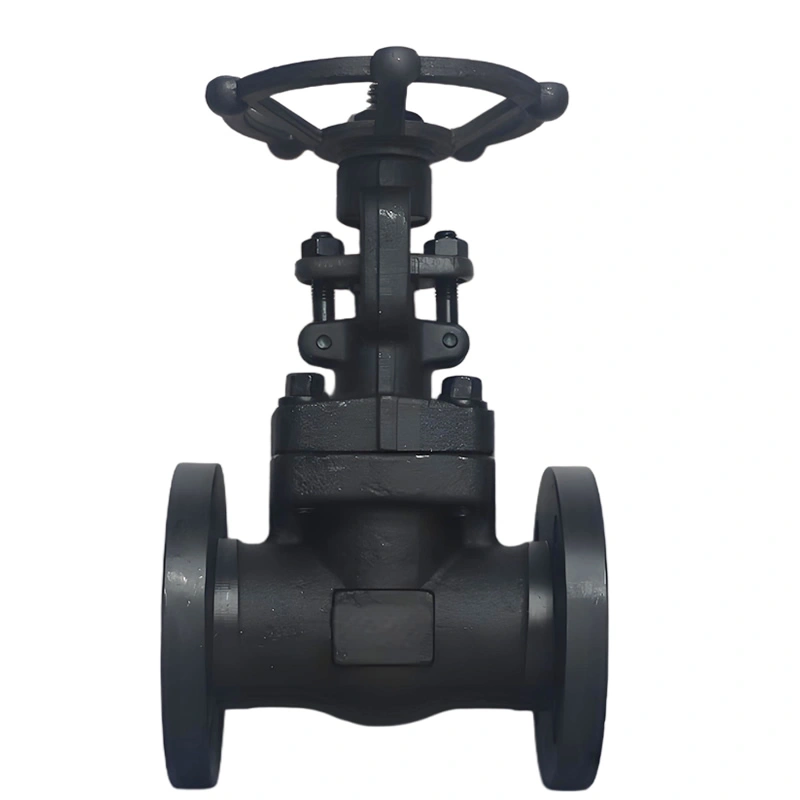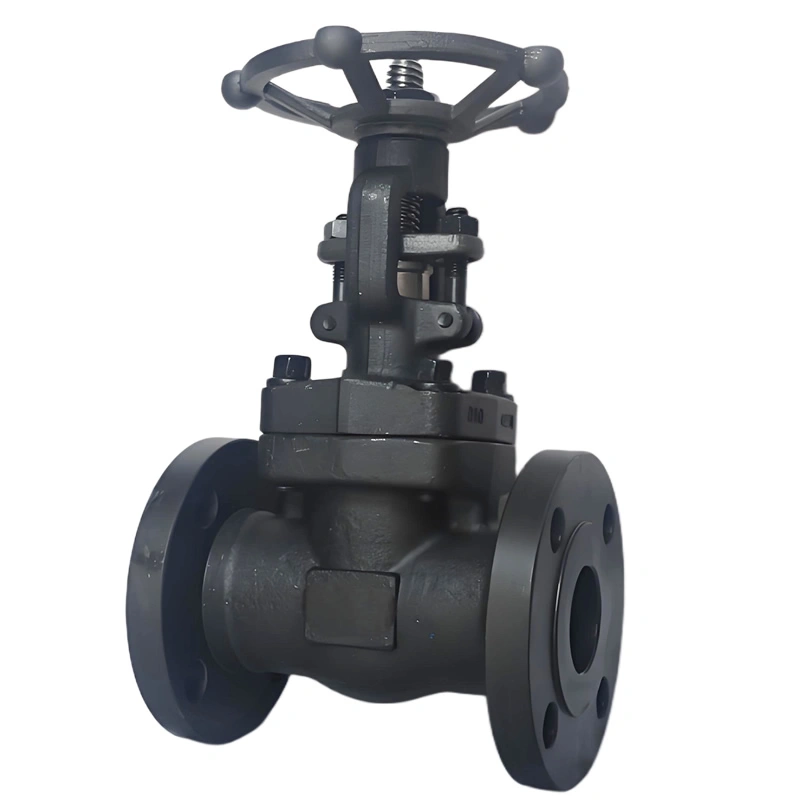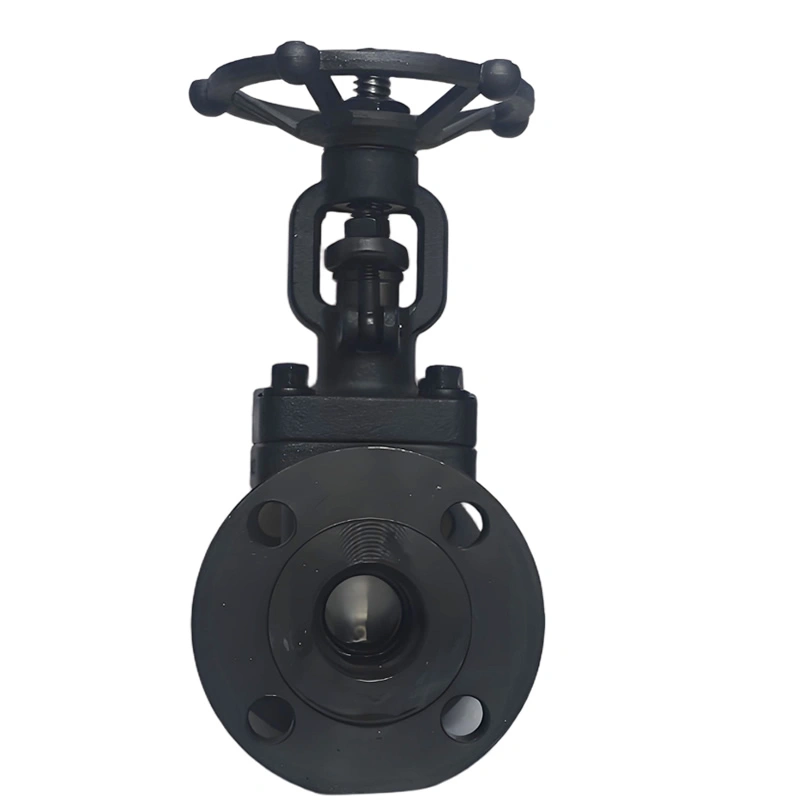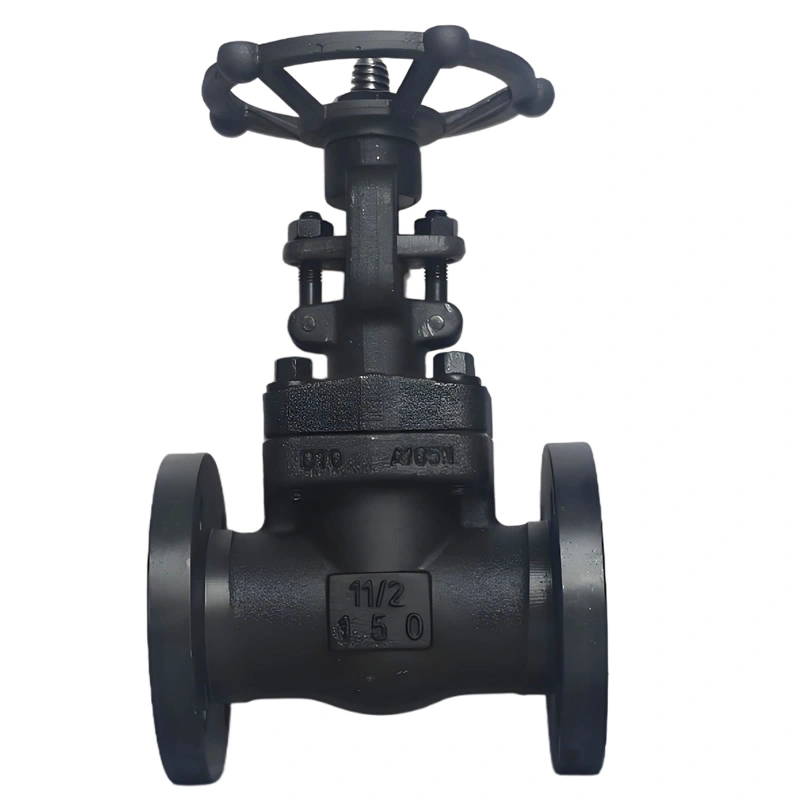- DN15 ~ DN200
- Class 150 ~ 2500
- API 600, ASME B16.34
- Forged ASTM A105 Carbon Steel
- RF Flange (ASME B16.5)
- Handwheel (Gear Operated ≥DN100)
- -29℃ ~ 425℃
- API 598 Class V
- Solid / Flexible
- ANSI B16.5
- Water, Oil, Gas, Steam
Specification
Newway DN40 150LB A105 Carbon Steel RF Flanged Gate Valve with Handwheel Operation
I. Product Overview
Newway DN40 150LB gate valve is a robust industrial flow control solution engineered for medium-pressure pipeline systems. Constructed from A105 carbon steel with an RF flange connection and handwheel actuation, it delivers reliable on-off control for clean media like water, oil, gas, and light industrial fluids. Designed to meet ASME B16.34 and API 600 standards, it balances durability, ease of installation, and cost-effectiveness—ideal for industrial process lines, commercial plumbing, and utility networks where moderate pressure and temperature resistance are critical.
II. Key Attribute Specifications
|
Category |
Details |
|
Size |
DN40 (1.5”), suitable for medium-flow pipelines in industrial and commercial systems. |
|
Pressure Rating |
150LB (PN20, ~2.0MPa), engineered for low-to-medium pressure applications. |
|
Body Material |
A105 carbon steel (ASTM A105), a forged carbon steel with tensile strength 485–655MPa, ideal for non-corrosive media. |
|
Trim Components |
– Gate/Seat: Stainless steel (304/316 optional) or stellite-hardfaced A105 for wear resistance. |
|
Connection |
RF flange (ASME B16.5), ensuring compatibility with standard pipeline gaskets (e.g., spiral-wound, non-asbestos). |
|
Actuation |
Handwheel with mechanical linkage, requiring 90°+ rotation for full open/close (linear stem movement). |
|
Temperature Range |
-29℃~427℃, covering ambient, hot water, and low-pressure steam applications. |
III. Feature Description
Rising Stem Design: The stem rises linearly as the valve opens, providing visual confirmation of position. This design prevents stem rotation within the packing, reducing wear and ensuring consistent sealing—critical for applications like steam lines where valve status visibility enhances safety.
A105 Carbon Steel Durability: A105’s forged construction eliminates internal defects (porosity), enhancing structural integrity under 150LB pressure. In industrial water systems or compressed air lines, it withstands mechanical stress and environmental corrosion better than cast iron, extending service life.
Stellite-Hardfaced Seats: Optional stellite hardfacing on gate/seat surfaces resists abrasion from particulate media (e.g., water with sediment, light slurries). This reduces leakage risk and extends trim lifespan, lowering maintenance costs in process industries.
RF Flange Sealing: The raised face flange creates a metal-to-gasket seal, preventing media bypass under pressure. When paired with spiral-wound gaskets, it ensures leak-tight operation in high-vibration environments (e.g., pump discharge lines).
Handwheel Ergonomics: The handwheel’s mechanical linkage reduces torque required to operate the valve under pressure, enabling smooth, precise control. Even with media pressure, operators can open/close the valve without excessive force—ideal for manual systems in remote or utility applications.
IV. Manufacturing Processes
Forging & Heat Treatment: A105 carbon steel billets undergo hot forging to form the valve body, gate, and stem. Post-forging, components are normalized (heated to 870–920℃, air-cooled) to relieve internal stresses, enhancing toughness and dimensional stability.
Precision Machining: CNC machining centers shape the body, gate, and flange faces to tight tolerances (±0.05mm). The gate and seat surfaces are ground to Ra ≤1.6μm for uniform contact, while stem threads are cut for smooth handwheel engagement.
Assembly & Packing: The gate is guided by the stem and secured with a yoke, ensuring alignment. Graphite-based packing rings are compressed around the stem to prevent leakage, balancing sealing force and stem movement friction.
Testing: Each valve passes:
Hydrostatic Shell Test: 1.5×150LB (3.0MPa) for 30 minutes to verify body integrity.
Hydrostatic Seat Test: 1.1×150LB (2.2MPa) with water, ensuring leakage ≤0.1×DN mm³/min (per API 598 Class IV).




